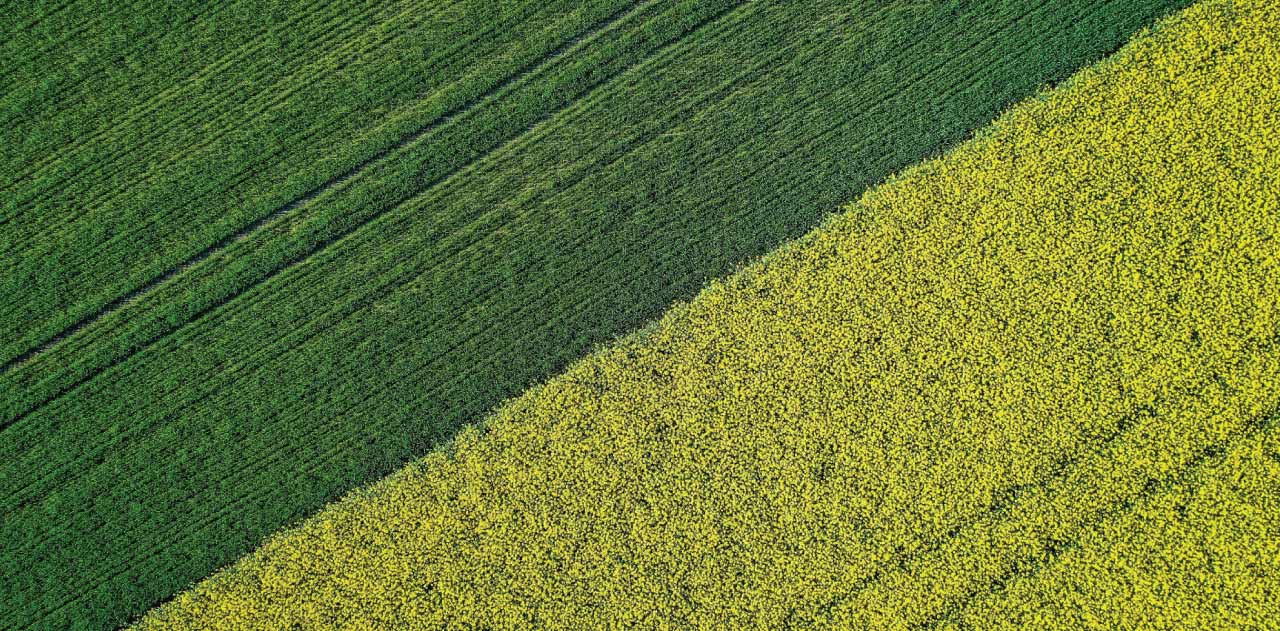After more than three years of intensive institutional negotiation at the European level, the European Parliament and the Council finally reached a political agreement on the reform of the common agricultural policy (CAP). The reform will come into force from January 2023, and until then, European farmers will be able to continue to benefit regularly from the EU’s resources both from the European Multiannual Financial Framework for 2021-2027 and from the resources of the EU Next Generation. The EU Multiannual Financial Framework (MFF) for 2021-27 amounts to EUR 1.21 trillion (in current prices) with a further EUR808 billion from the next generation EU Recovery Facility. The total allocation for the Common Agricultural Policy (CAP) amounts to EUR 386.6 billion, divided between two Funds (the “two pillars” of the CAP): The European Agricultural Guarantee Fund (EAGF) with an appropriation of EUR 291.1 billion and the European Agricultural Fund for Rural Development (EAFRD) with a total allocation of EUR 95.5 billion. These include EUR8.1 billion from the EU’s Next Generation EU Recovery Facility to help address the challenges posed by the covid-19 pandemic. Around 30 % of the funds for recovery will be available in 2021, while the remaining 70 % will be released in 2022.
Among the main innovations of the political agreement on the CAP reform, there are some salient aspects.
Social conditionality: Payments only to farmers in compliance with labour laws
Firstly, a principle of “social cross-compliance” is introduced for the first time, whereby farmers will have to comply with the social and labour law rules in order to receive CAP contributions. MEPs on this point also insisted on stricter protection of the rights of agricultural workers and convinced the Council to establish a mechanism to link national labour inspectors with CAP paying agencies at the latest in 2025 to penalise violations of EU labour standards.
Redistribution for small farmers and more support for young people
In addition, the redistribution of income support by the Member States will be mandatory to the extent of at least 10 % of the direct payments that will benefit small farms. Finally, minimum compulsory support for young farmers (under 40 years of age) will be at least 3 % of the resources.
A national rural development plan
Among other significant changes, a new working method emerges as it will be up to each Member State to draw up a National Strategic Plan based on which it will be decided on how to spend resources on agriculture and rural development, but with different constraints. These include the environmental conditionality (the subject of litigation between States and the European Parliament) necessary to integrate the CAP with the European Green Deal and biodiversity strategies and “from producer to consumer”. During the negotiations, the European Parliament insisted on strengthening mandatory climate and environmental practices, the so-called conditionality, which every farmer must apply to obtain direct support.
A greener CAP
Member States will be obliged to offer ecological schemes: It is a new voluntary instrument that will reward farmers who will adopt climate and environmental practices (organic farming, agroecology, integrated plant protection, etc.) and will promote animal welfare. Member States must allocate at least 25 % of their income support funds to ecological schemes, totalling EUR 48 billion from direct payments. In comparison, at least 35 % of rural development funds will be allocated to agri-environmental commitments promoting environmental, climate and animal welfare practices.
The Next Steps
The new CAP comprises three Regulations (horizontal regulation, Regulation on strategic plans and regulation on the common organisation of the markets) and will have to be adopted by the European Parliament and the Council before it enters into force.
After the political agreement, the text still needs to be improved technically and legally. It will then have to be approved by Parliament – first by the Committee on Agriculture and then by the Plenary Assembly – and by the Council, in order to enter into force. The new EU agricultural policy rules should apply from 1 January 2023.






